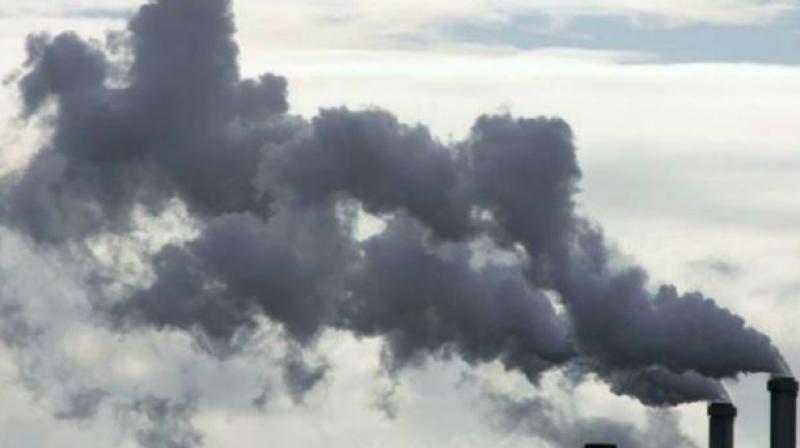Vulnerability index: Most of the areas in Hyderabad are under threat
Areas under Trimulgherry and some parts of Marredpally mandal were vulnerable, as per the study.

Hyderabad: Urban planners need to find out ways to make Hyderabad resilient to hazards like climate change with strategies that are developed with area-wise focus. One such study was recently conducted on Hyderabad using remote sensing and GIS technology by a group of researchers from Samara National Research University, Russia.
The study reported that just 2.24 per cent of the city, or 32.28 sq km, is ‘resilient’ to hazards like climate change whereas 13.20 per cent (190.22 sq km) is “at risk’, 46.15 per cent (665.05 sq km) is “vulnerable’, 7.26 per cent (104.62 sq km) is “highly vulnerable” and 31.15 per cent (448.99 sq km) is “extremely vulnerable”.
The vulnerability index was calculated using geographical, social, economic and environmental parameters like elevation, watershed, waterway, roads, industries, land use and land cover, natural vegetation cover and infrastructure.
The vulnerability test results showed that the central and northern parts of Hyderabad that cover Shaikpet, Golconda, Asifnagar, Nampally, Khairatabad, Himayatnagar, Musheerabad and parts of Ameerpet mandals, were the most vulnerable and needed attention.
The southern parts of the city, covering Amberpet, Bahadurpura, Bandlaguda, Charminar and Saidabad mandals, were found to be least vulnerable. Areas under Trimulgherry and some parts of Marredpally mandal were vulnerable, as per the study.
The researchers said that the reasons behind high vulnerability included poor disposal of solid waste, sewage pollution, alterations of the local hydrological cycle (rainfall pattern), presence of factories, lack of general amenities, poor infrastructure and degradation of water quality.
Dr B.M.K. Raju of the Central Research Institute for Dryland Agriculture, said, “Such city specific vulnerability studies will help in taking steps for sustainable urban planning to increase the resilience of cities towards climate change.”
Dr Raju, who had earlier along with other scientists developed a district-wise map of India showing vulnerability to climate change, said urbanisation was “a necessary evil but it should be accompanied by steps to tackle the fallouts as well.”
Urban development bodies in Hdyerabad can take help from scientific institutions based in the city for commissioning such a study and take a concerted approach towards development.”

